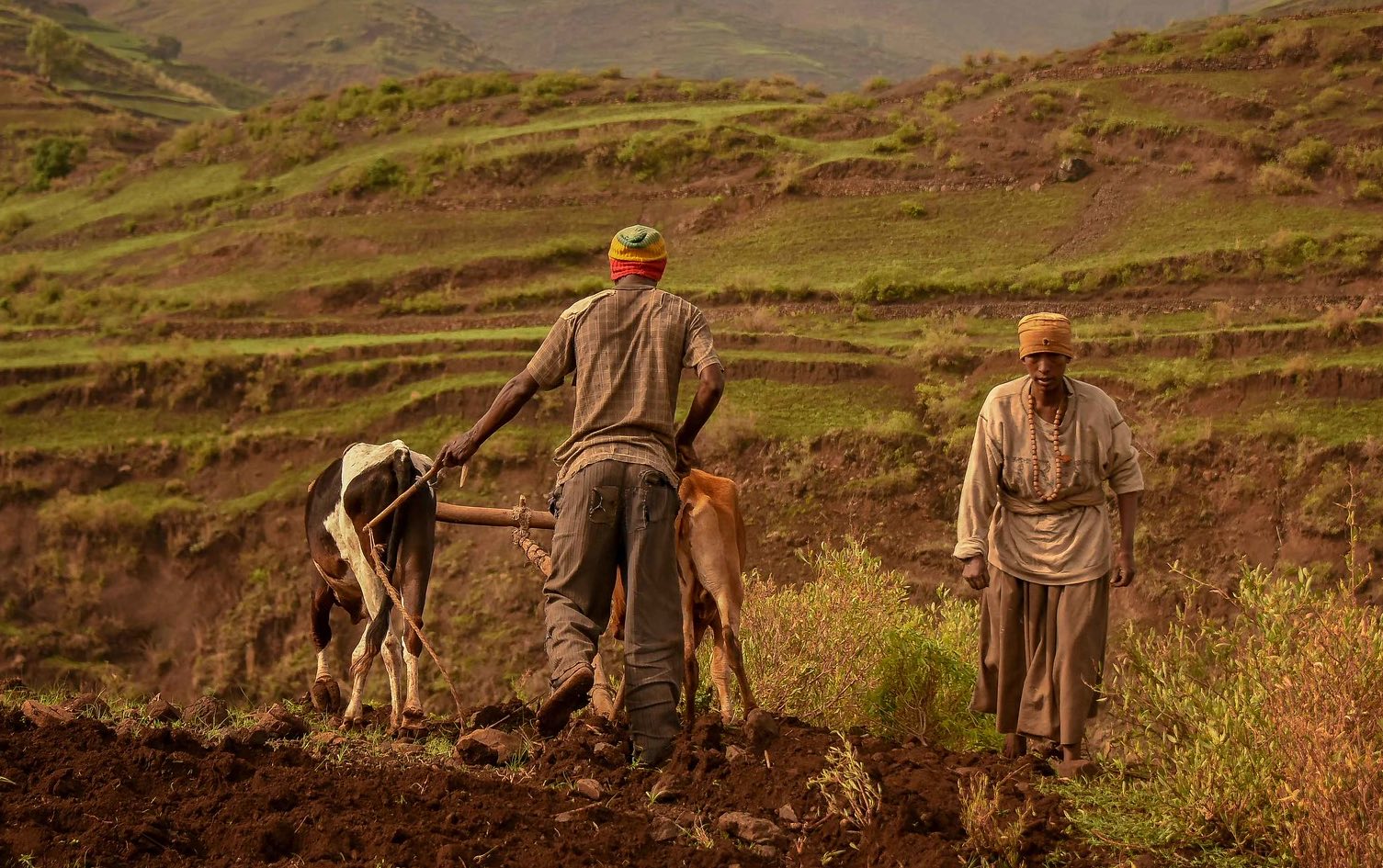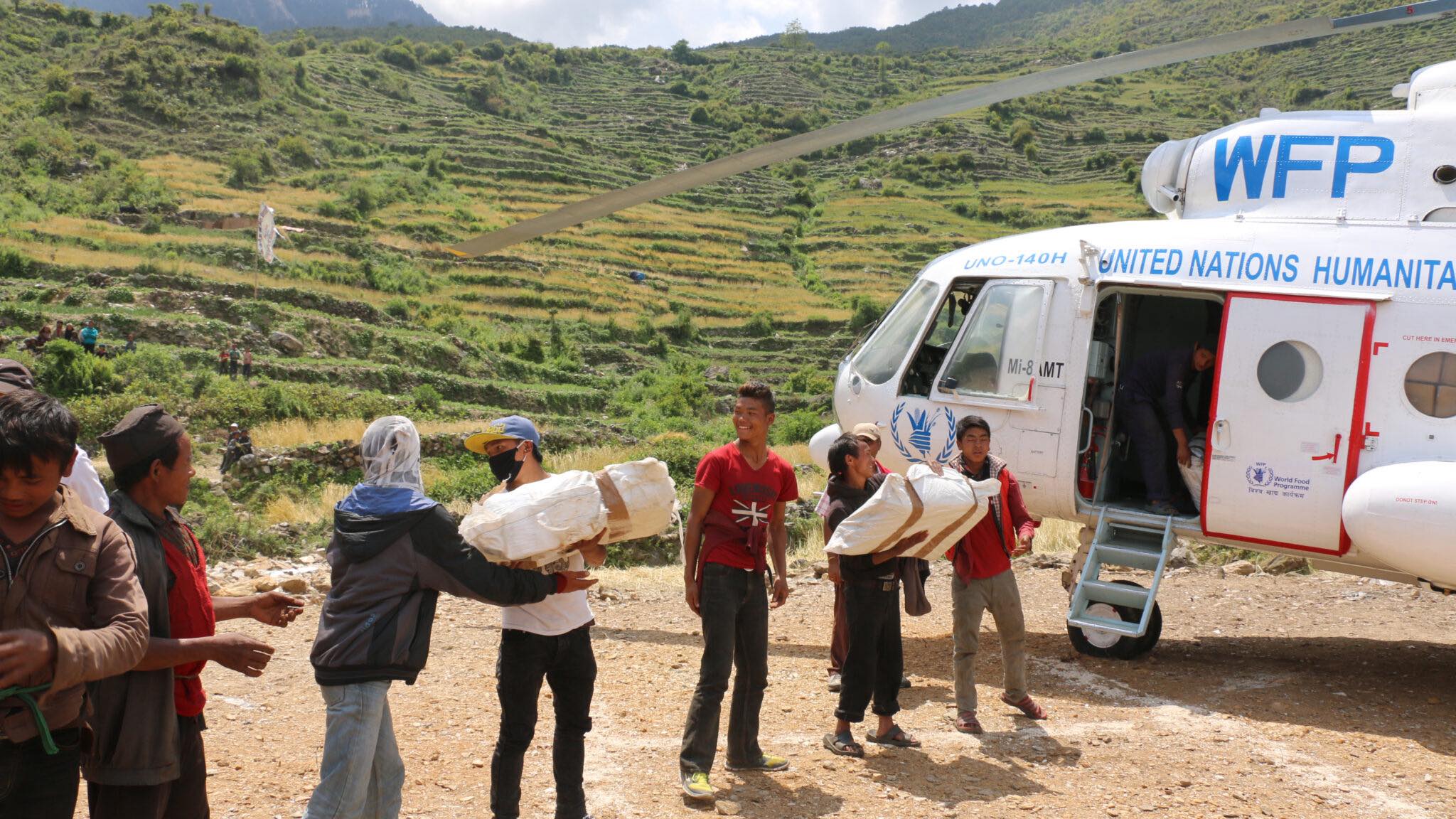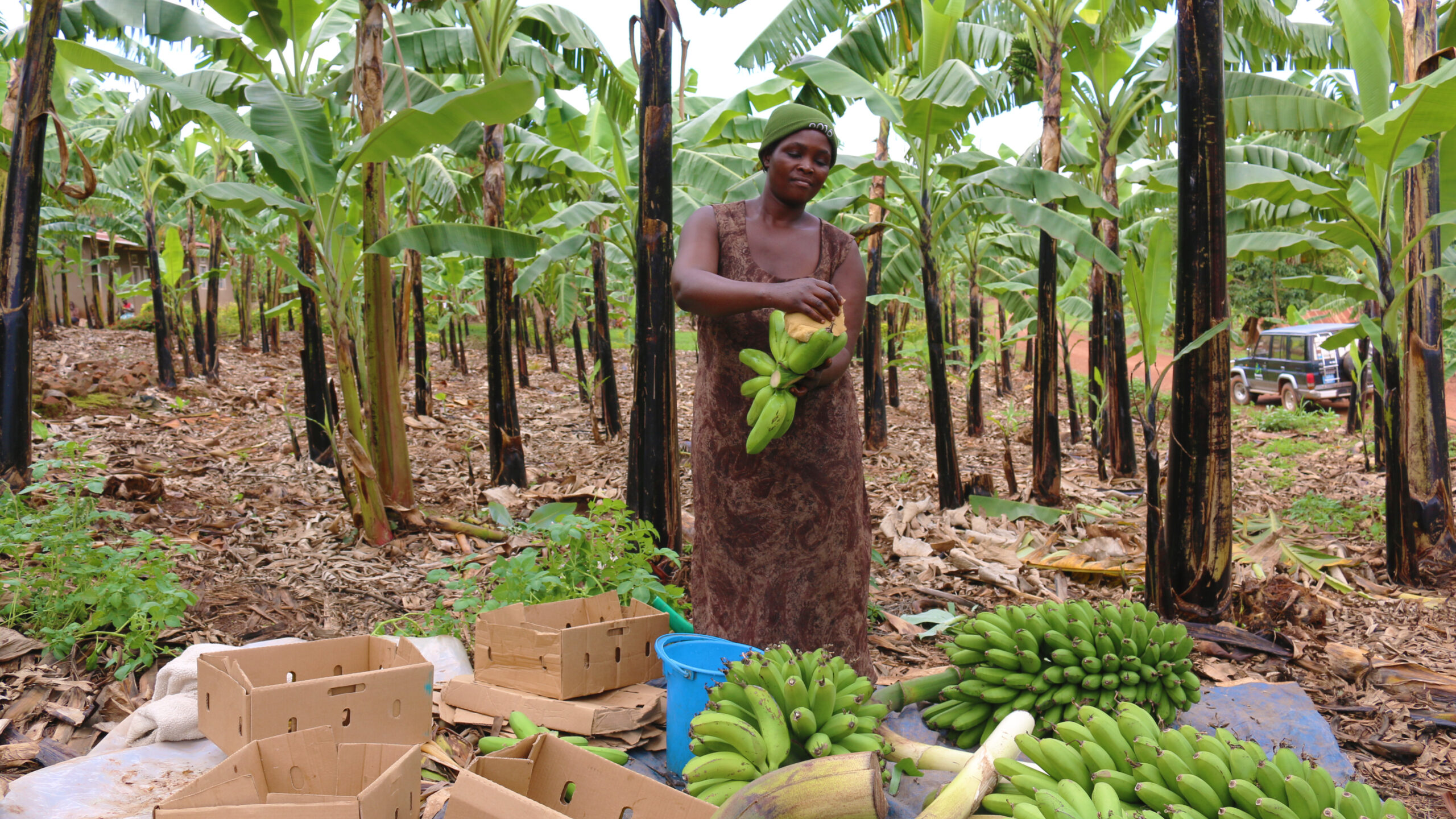The agricultural productivity gap between actual and potential yields in Africa south of the Sahara has been a persistent challenge since the post-World War II independence movement. Despite efforts by governments, international foundations, UN agencies, and private investors, smallholder agricultural production—which dominates in Africa—continues to lag behind its potential, and products are often of low and variable quality.
Why so? In their new book African Farmers, Value Chains and Agricultural Development: An Economic and Institutional Perspective, Alan de Brauw of IFPRI and Erwin Bulte of Wageningan University and Research show that while making largely rational production decisions, African smallholder farmers are limited in what they can achieve because of the economic and institutional environment in which they operate.
Agricultural value chains in Africa remained burdened with multiple constraints. Before structural adjustment programs were undertaken in the 1980s-90s, African governments indirectly taxed agriculture through pricing, tariffs, and exchange rate policies, leading to an urban bias. Since those adjustments occurred, the region’s agricultural performance has improved due to a combination of factors including increased investments from the private sector and foreign donors, and the reforms in the European agricultural policies to improve trade with Africa. Yet most of African smallholder farmers still do not produce what they potentially could and remain poor.
Challenges and key driving forces of the African agricultural value chains
The book argues that high transaction costs are among the main barriers to improving the performance of agricultural value chains in SSA. These include transportation of crops, costs associated with risks such as varying prices, weather, floods, or drought, and theft, access to liquidity, trust when buying inputs or selling outputs, storage, and economies of scale in transactions along value chains.
Two further concepts are important in thinking about how agricultural value chains are evolving in Africa.
First, most contracting between buyers and sellers is relational—i.e., based on a trust relationship between the parties rather than a formal legal structure. This implies that information specified in the contract is incomplete and third-party enforcement is not available if one of the parties cheats the other. In shorter and less complex value chains, relational contracting predominates. Payments are often immediate and in cash, with no invoices. Relational contracting depends upon repeated interactions and at least some level of trust, so it can lead to substantial transaction costs. Informal moneylenders in villages, for example, rely on personal rapport with little or no third-party enforcement.
Second, market power plays an important role in agricultural value chains in Africa. Having market power means that actors are able to shift prices in their favor. For example, a local monopolist trader can pay farmers less for their produce than if there was competition from other traders. These local monopolies that grab the market power can depress the incentives to produce quality crops or crops with specific attributes. However, monopolies can also work to smallholders’ advantages. For example, if a processing plant for a specialty crop is established in a rural area, then local farmers would have incentives to switch part of their production to that crop given a market for it now exists whereas it did not exist before, even though the buyer is a local monopolist.
Another set of challenges considers inputs. Capital markets targeting smallholders are thin, and farmers may not be able to purchase enough inputs. Since demand is low, inputs can be costly; inputs must often travel large distances to get to farmers, pushing prices still higher. And even when farmers can buy what they need, they often lack information about how and when those inputs should be used for best results. This leads to additional lack of trust: Maybe these seeds or fertilizer didn’t work because they are counterfeit? Women often face even higher barriers on input purchases than men due to cultural norms and lack of empowerment.
What can be done?
Given low production volumes, what can be done to assure product quality to increase sales revenues for smallholders? In a low trust environment, producers worry about receiving fair prices for their products, while buyers are concerned about negative quality attributes they cannot observe. Third-party certification schemes could fill this gap, and there is evidence that they do have positive income effects for participants. However, these schemes are expensive, and actors need to reap higher returns from their activities to make them work, which often excludes the poor.
Poor storage facilities mean smallholders must sell crops immediately after harvest. As a result, prices for major grains in Africa often fall right after harvest and peak just before the next one. Poor storage can also lead to post-harvest losses. Improved storage would not only level the prices between harvests and reduce the losses; more regional storage could also support warehouse receipts systems, which can both be used as loan collateral and are necessary for developing commodity exchanges.
The book closes with two chapters dedicated to thinking through ways to help develop agricultural value chains in Africa. First, it goes through six “silver bullets,” or ideas that could be helpful but are not likely to transform African agriculture on their own. These include: Land consolidation into larger farms, which would theoretically lead to more efficient investment, but is susceptible to elite capture; input subsidy programs, which may increase output but have substantial opportunity costs; innovation platforms, which bring people together and yet are expensive and can be easily hijacked for individual purposes; producer organizations, which can help if formed domestically or locally rather than being externally imposed on farmers; information and communications technology (ICT), which is spreading rapidly but likely would work better as an intervention component rather than a singular focus; and blockchain technology, which allows traceability but lacks incentives for anyone to trace the trajectory of the products.
Finally, the book notes that labor productivity in Africa is lower than in other places that have recently undergone structural transformation, particularly countries in East and Southeast Asia. Therefore, the type of structural transformation that took place through labor-intensive manufacturing is not likely to occur in many African countries. The authors argue for a structural transformation in Africa based partially on agricultural processing (Structural Transformation 2.0) and suggest four possible pathways to catalyze this evolution: Bundling interventions to alleviate multiple agricultural constraints; some farm consolidation; infrastructure investments, including but not limited to roads; and increasing demand and improving regional trade.
Context is everything
Context is key to Structural Transformation 2.0. Duplicating solutions that worked in other countries and introducing them into the African fabric will not bring about conspicuous results or real progress. Any application of any number of recommendations must take the local context of each specific African country into account.
Swati Malhotra is a Communications Specialist with IFPRI’s Markets, Trade, and Institutions Division (MTID). Alan de Brauw is a MTID Senior Research Fellow; Erwin Bulte is Professor of Development Economics at Wageningen University and Research in the Netherlands; Evgeniya Anisimova is Communications Manager of the IFPRI-Led CGIAR Research Program on Policies, Institutions, and Markets (PIM).
This work was supported by the IFPRI-led CGIAR Research Program on Policies, Institutions, and Markets (PIM). This post also appears on the PIM blog.







